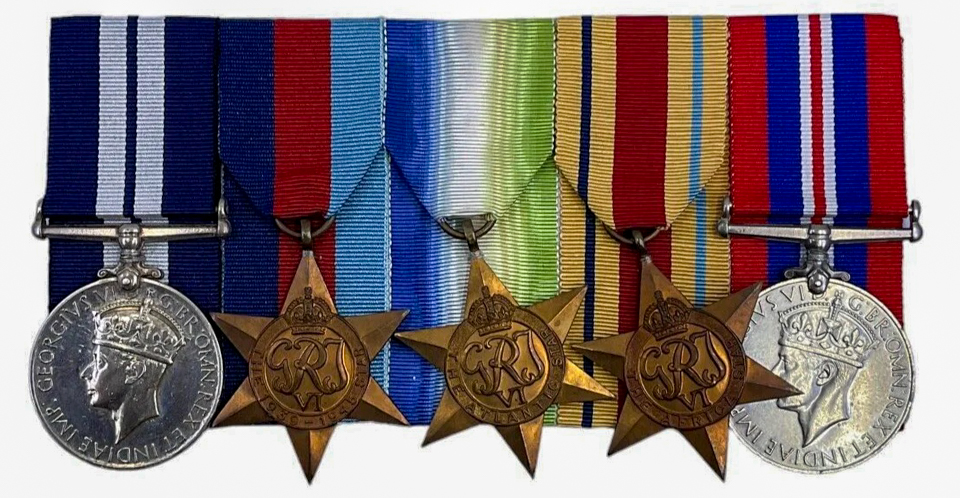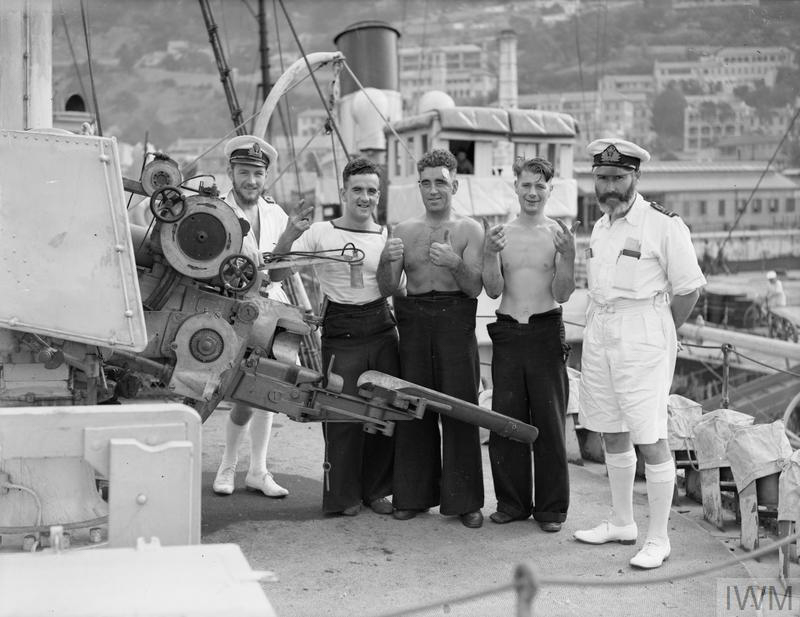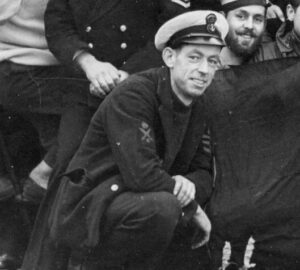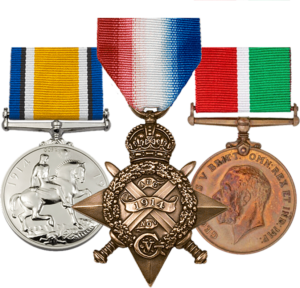Albert enlisted into the Royal Navy during the Second World War. Given service number LT/JX 241157, he made his way into the Royal Naval Patrol Service (RNPS), a branch that operated small auxiliary vessels such as naval trawlers for anti-submarine and minesweeping operations to protect coastal Britain and convoys. Headquartered at Lowestoft, the most easterly port and thus closest British to the enemy, the force grew to include over 6,000 small craft of numerous types.
By October 1941 Albert had joined the crew of HMT Lady Shirley, built in 1937 as a fishing trawler based out of Hull. It was pressed into service by the Royal Navy in 1940 and converted into an anti-submarine trawler with ASDIC, 4-inch gun, and depth charges. Lady Shirley went into service in January 1941 under the command of Lieutenant-Commander Arthur Henry Callaway and served with the 31st Anti-Submarine Group based at Gibraltar.
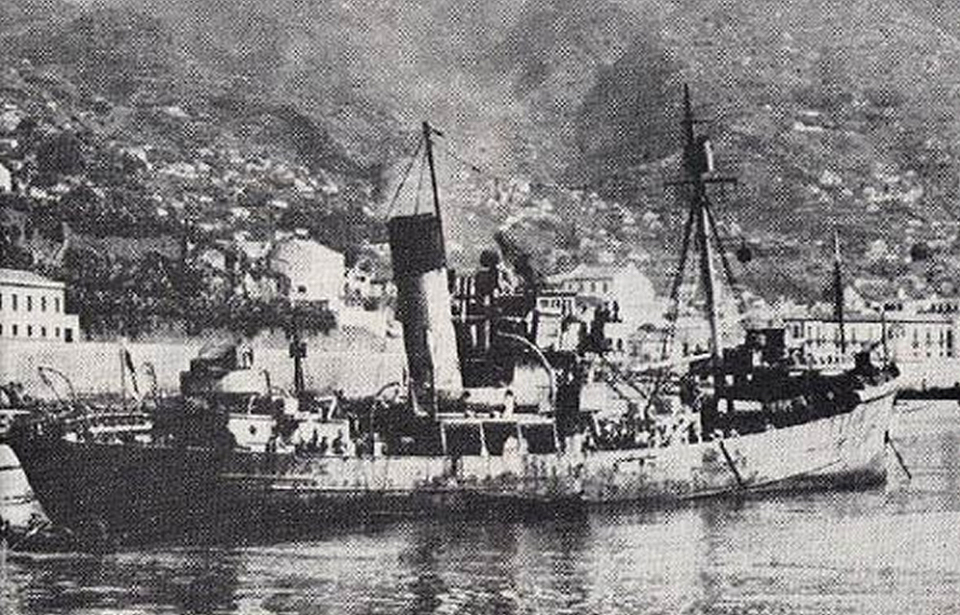
On 4 October 1941 they were searching for the damaged merchant ship Silverbelle southwest of Tenerife, when at 8.40am Albert, who was the masthead lookout, reported an object on the horizon. It was thought that the object was a ship’s funnel but owing to the possibility that it might be the conning tower of a submarine, the trawler altered course towards it.
The object disappeared shortly after being sighted but just after 10am contact was made with a submerged U-boat and action stations were ordered. A pattern of depth charges was released and following the explosions a periscope appeared in the bubbles and a submarine broke the surface. The trawlers helm was put hard over to port to bring the 4-inch gun to bear, and fire was opened as soon as possible, at the same time machine guns on the bridge opened fire on the conning tower.
The U-boat opened fire with her machine guns and instantly killed the gunner of the 4-inch gun. Albert helped take over its operation and maintained rapid fire, scoring six hits on the submarine and causing the captain to surrender.
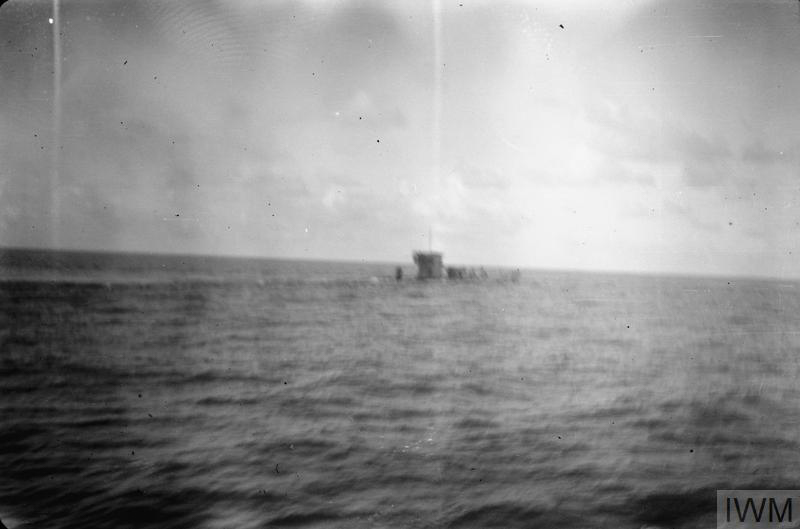
Of the U-boat crew of 52, eight were killed, including her commander, while 44 survived and were taken onboard by the trawler before the submarine sank by the stern. The whole action had lasted less than 20 minutes.
Of the crew of 30 on the trawler only 9 men remained unwounded to work the ship and guard the prisoners on the four-day journey back to Gibraltar. This was the first time that prisoners of war were captured from a U-boat operating in the South Atlantic, and German survivors claimed that U-111 was the first German submarine to be lost operating in that area.
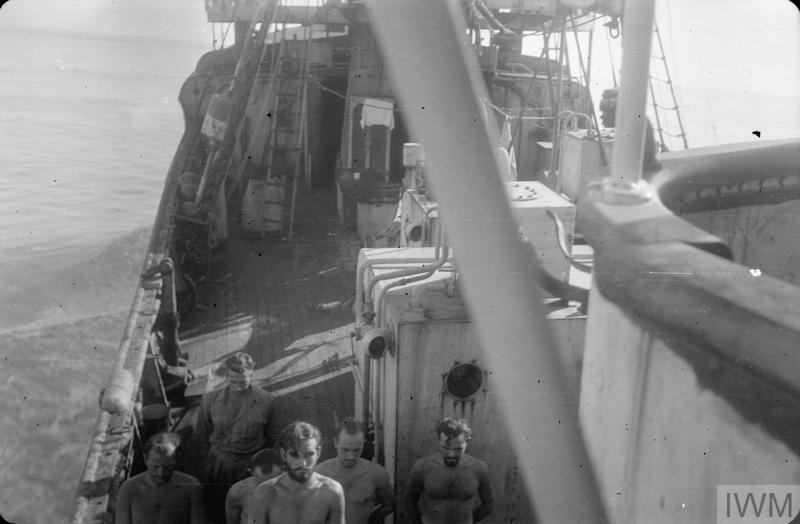
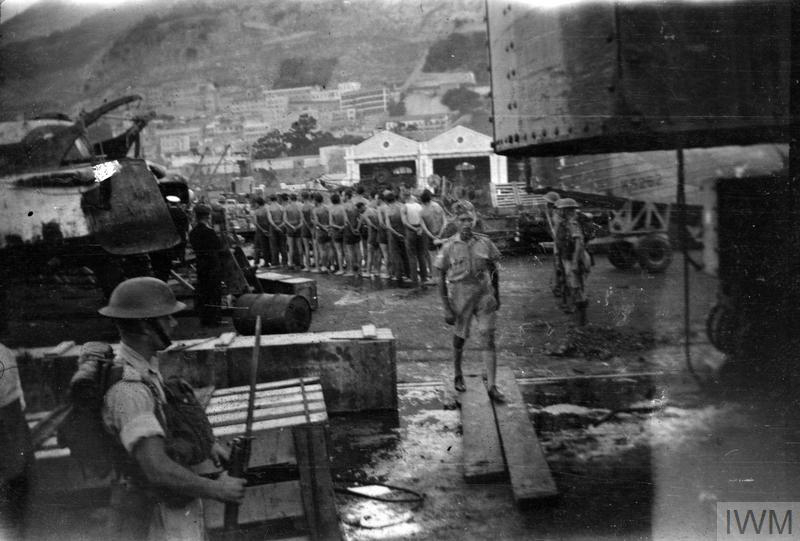
Such was the magnitude of their achievement that nine of the crew were awarded medals and five mentioned in dispatches. Albert was the recipient of a Distinguished Service Medal (DSM) “for daring and skill”. He was mentioned in the official action report:
As masthead lookout he was largely responsible for the successful outcome of the attack... after the gun layer been killed this rating was outstanding in keeping the 4-inch gun in action... Seaman Milne behaved with great calm and determination and got the rounds away in rapid succession.
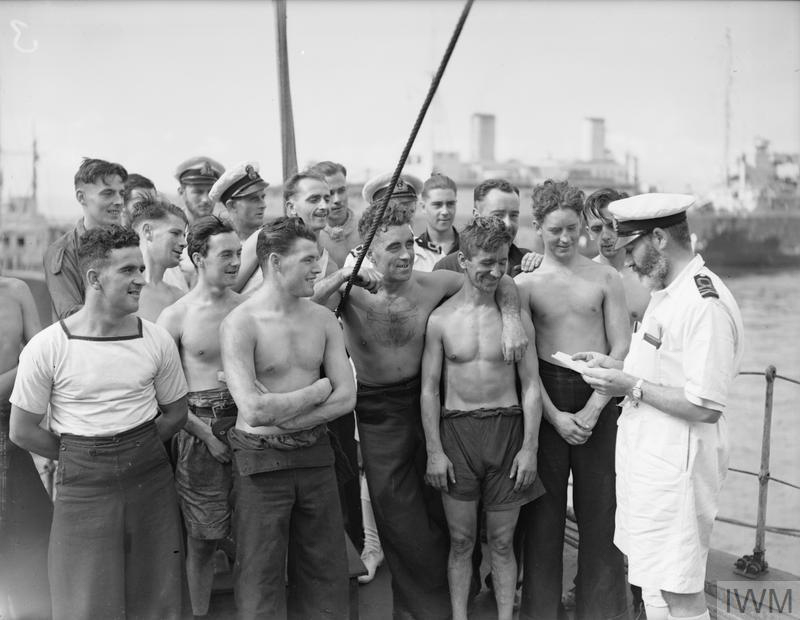
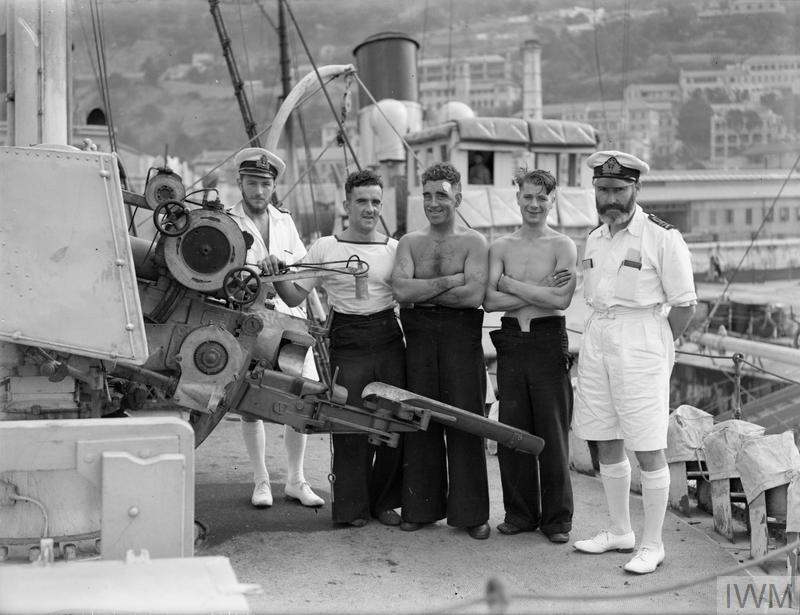
A little over two months later, Lady Shirley was in company with HMS Rosabelle on a patrol in the Straits of Gibraltar when just after 3am on 11 December 1941, in what was rumoured to be a quite deliberate act of revenge, both ships were sunk without trace by the German submarine U-374 at position 35°59’N, 5°17’W. There were no survivors and Albert was recorded as killed in action.
He is commemorated by name on the Lowestoft Naval Memorial. He died the day before his 25th birthday. He was one of the 15,000 or so Royal Naval Patrol Service personnel who were killed, of which 2,385 “have no known grave but the sea”.
The position of Lady Shirley when it was sunk.
Ships
- HMT Lady Shirley (1941)
Medals





